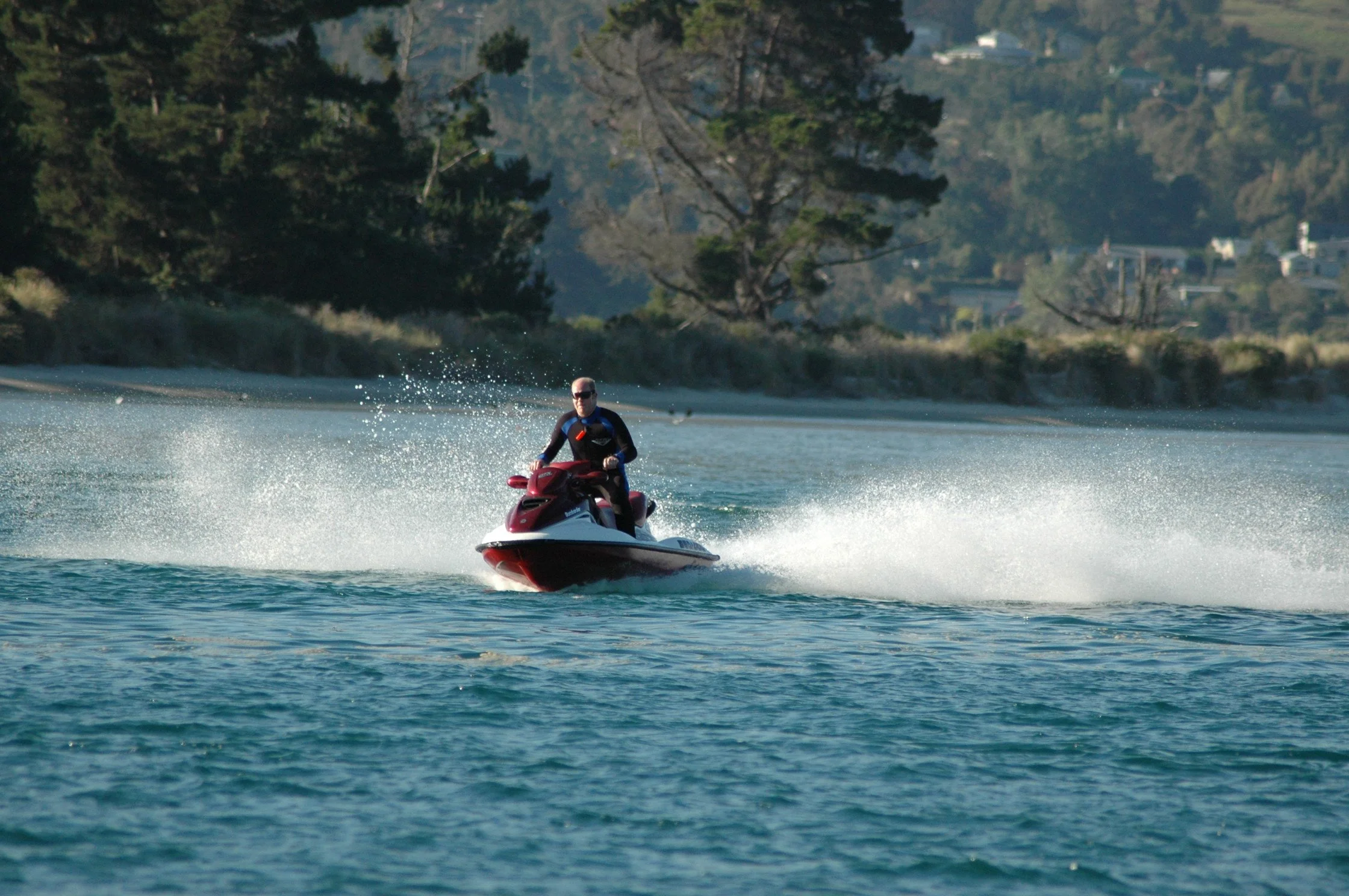Patient perspectives on surgery.
Steve’s fight for surgery with stage 4 lung cancer
They said surgery wasn’t an option — but Steve, a former molecular biologist, used his scientific background to challenge the system and fight for it anyway.
Nobody mentioned surgery at stage 4 – I had to raise it myself.
When Steve, a healthy, active, former molecular biologist turned paramedic living with his family in Staffordshire, was diagnosed with stage 4 ALK-positive lung cancer at age 48 in November 2020, he was shocked. He was also ready to do whatever it took to fight the disease and refused to accept that his only option was to wait and hope. He was otherwise fit; giving up was never an option.
Steve’s standard of care targeted therapy, alectinib, began working quickly right from the start. By mid-2021, scans showed the tumour in his upper left lung shrinking dramatically: from 2cm to 1cm, with his lymph nodes clear and pleural thickening resolved. It was a textbook success story for targeted therapy – but Steve’s science background told him the job wasn’t finished.
“Resistance can happen at the primary site,” Steve says. “If you remove it, you can cut that risk. But nobody mentioned surgery – I had to raise it myself.”
“Could surgery help me?”
By mid-2022 Steve was having a complete response and he put the question to his oncologist: could the tumour now be surgically removed? His consultant agreed to refer him to a leading thoracic surgeon – but the path to the operating theatre was far from simple.
The surgeon required a clean PET scan and a clear brain MRI before he would even consider surgery. For Steve, that MRI was a gut punch. In the UK, if brain metastases are found, you lose your driving licence immediately. As a paramedic caring for elderly parents, that loss would be devastating. But if he declined the scan, surgery was off the table.
“It felt like checkmate,” Steve says. “But I did the scan because I wasn’t giving up.”
The PET scan came back clear. The MRI, however, revealed two tiny brain lesions – enough to halt any surgical plan. Steve underwent stereotactic radiosurgery (SRS) in October 2022 to treat the lesions, and he stayed focused on his goal: removing that primary tumour.
Month after month, Steve tracked his scans. By late 2023, he saw what he’d feared: the lung mass was growing again, up from 8mm to 1.2cm. He went back to his team and pushed harder than ever.
“It had been nearly two years since I first asked for surgery,” he says. “I wasn’t letting it go.”
A two-year fight for his operation
Finally, in February 2024 – more than three years after his diagnosis – Steve underwent a three-hour VATS (video-assisted thoracoscopic surgery) to remove a wedge of his upper left lung containing the primary site.
The lab pathology results brought surprising news: the mass was all scar tissue, no cancer left. His therapy had done its job — but removing the primary site still mattered deeply to him.
“Even if it was just scar at that time, it gave me peace of mind,” Steve says. “I knew it was gone.” Beyond the potential oncological benefits, the surgery also improved Steve's quality of life. The breathing restriction he had been experiencing since before diagnosis was finally resolved.
His surgeon explained that the scarring was a sign of a powerful response to alectinib — but standard tests can’t always detect tiny lingering cancer cells. Removing the site eliminated any chance of a hidden source feeding new mutations.
“For me, taking it out means fewer places for resistance to start,” Steve says. “It’s about staying one step ahead.”
Today, Steve is back to weightlifting and focused on staying strong. The brain metastases remain under close monitoring, with the hope of regaining his driver's license in November 2025 if scans continue to show stability. But the burden and fears around the stubborn primary tumour are gone.
What worries him is how this path wouldn’t have opened if he hadn’t spoken up. “If I didn’t have a research background, I might never have known to ask,” he says. “No patient should be left to figure things out alone.”
Steve hopes his story will inspire others with advanced lung cancer – especially those with oncogenic drivers, who tend to be younger, fitter and have fewer other health issues. He believes in pushing for individualised care.
My advice is inform yourself. Ask questions to understand the potential benefits and risks. Be your own advocate.
“Internationally, new guidance from groups like the Society of Thoracic Surgeons recognises that for some carefully selected people, surgery may help as part of a multimodal approach. But in the UK, NICE offers no clear pathway which means conversations are not raised by our care teams,” he says. “My advice is inform yourself. Ask questions to understand the potential benefits and risks. Be your own advocate – that’s what gave me my chance. It shouldn’t take two years of pushing or put all the burden on the patient. We need systems that make these options clear from the start.”
August 2025




